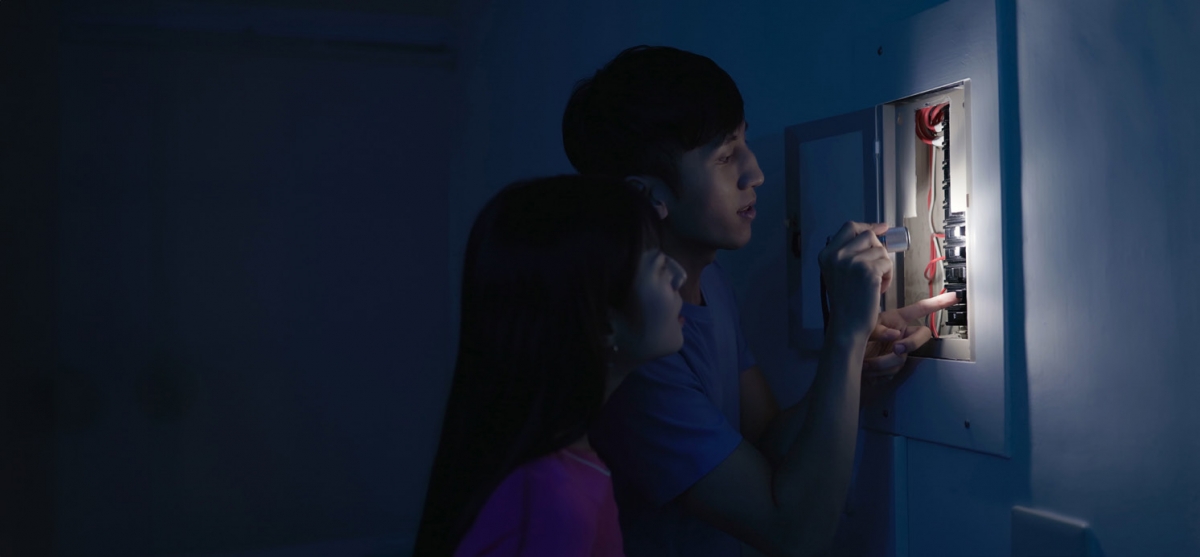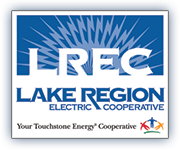
Outage Center
Experiencing a power outage? Always check your breakers first.
Live outage map Outage Restoration Procedure
Outage Safety
During an outage, remember these safety tips:
- Assume all power lines are energized, whether they are high up on a pole or lying on the ground. They carry high-voltage electricity and are deadly to touch.
- Never try to repair or move LREC equipment (like power lines and ground equipment like transformer boxes in your yard) yourself. High-voltage electricity may still be flowing even if these items are damaged.
- If you depend on electricity to power the required medical equipment, you may want to purchase a backup generator to safeguard against power outages. Weather, auto accidents, equipment failures, and animals are just a few incidents that can result in power outages. Always follow all installation, safety and, maintenance guidelines for your generator.
Call Us
To report an outage,
call 918-772-2526
or 800-364-5732
SmartHub
Quickly and easily report an outage by logging into your SmartHub account online or on the app.
Text Us
Text "OUT" to 918-772-2526 to report an outage.
- Q. How do I report an outage?
-
Report all power outages by calling LREC at 918-772-2526 or 800-364-5732, or login the SmartHub app on your phone, or text "OUT" to 918-772-2526, even if you think others have already reported it.
Remember, never report an outage using email or social media because those services are not monitored 24/7. When reporting an outage, be ready to provide the following information: Your name: Account number: Physical address: And how long you have been out of power. Unusual events, sites, or sounds on or near your property or around LREC equipment might have caused the outage.
- Q. Can I text LREC about my power outage?
-
Yes, Text "OUT" to 918-772-2526 to report an outage.
- Q. How long does an outage take to restore?
- Every outage is unique. The number of members impacted and the length of an outage varies each time, meaning outages can be as short as a few minutes and as long as days. As a result, LREC may not be able to immediately tell you how long a power outage may last. We will do our best to provide an estimate of time and recommend checking the outage map above regularly and following our Facebook page. We try our best to provide outage updates and information on this page when it is safe to do so.
- Q. What should I do if I see a broken power line or damaged LREC equipment?
- Report any downed lines or broken equipment to LREC immediately by calling 918-772-2526. Then, stay away from these items and keep others, including children and pets, away. Do not attempt to repair or move downed lines or broken equipment or anything coming in contact with them. Even when damaged, always assume any power line or piece of equipment is still transmitting high-voltage electricity.
- Q. What can I do to better prepared for a power outage?
- LREC recommends having an emergency kit on hand that is ready to go in case of any type of emergency. Be sure to include items like batteries, bottled water, a portable radio, flashlights, portable power banks, spare blankets, basic toiletries, and a first aid kit. You may not need most of these items during an average power outage, but you will be prepared for a more extended emergency. Learn more about power outage safety kits from the American Red Cross Power Outage Checklist.
- Q. If the power goes out, what should I do with the food in my refrigerator or freezer?
- Don’t peek. If the door remains closed, your food can remain safely cold for about four hours. Frozen food can remain safe for up to two days if your freezer is full and the doors remain closed. Learn more about food safety during a power outage from the American Red Cross.
- Q. Should I have a generator in case of a power outage?
- If you need guaranteed electricity 24/7 to power life-sustaining medical equipment, you should purchase a generator that can support your equipment during a power outage. It is critical that you follow all installation, maintenance, and use guidelines set by the generator manufacturer. Not only can it be extremely dangerous if a generator isn’t used correctly, putting both you and LREC linemen at risk, it is also against the law and a violation of electrical codes to connect a generator to your home without an automatic transfer switch. LREC offers these please call and ask about our GenerLink. Why? If a generator is producing power during an outage and it is improperly connected, it can back feed (or send) power onto LREC’s system and endanger the lives of our crews who are working to restore power. Additionally, it can be a major fire hazard.


